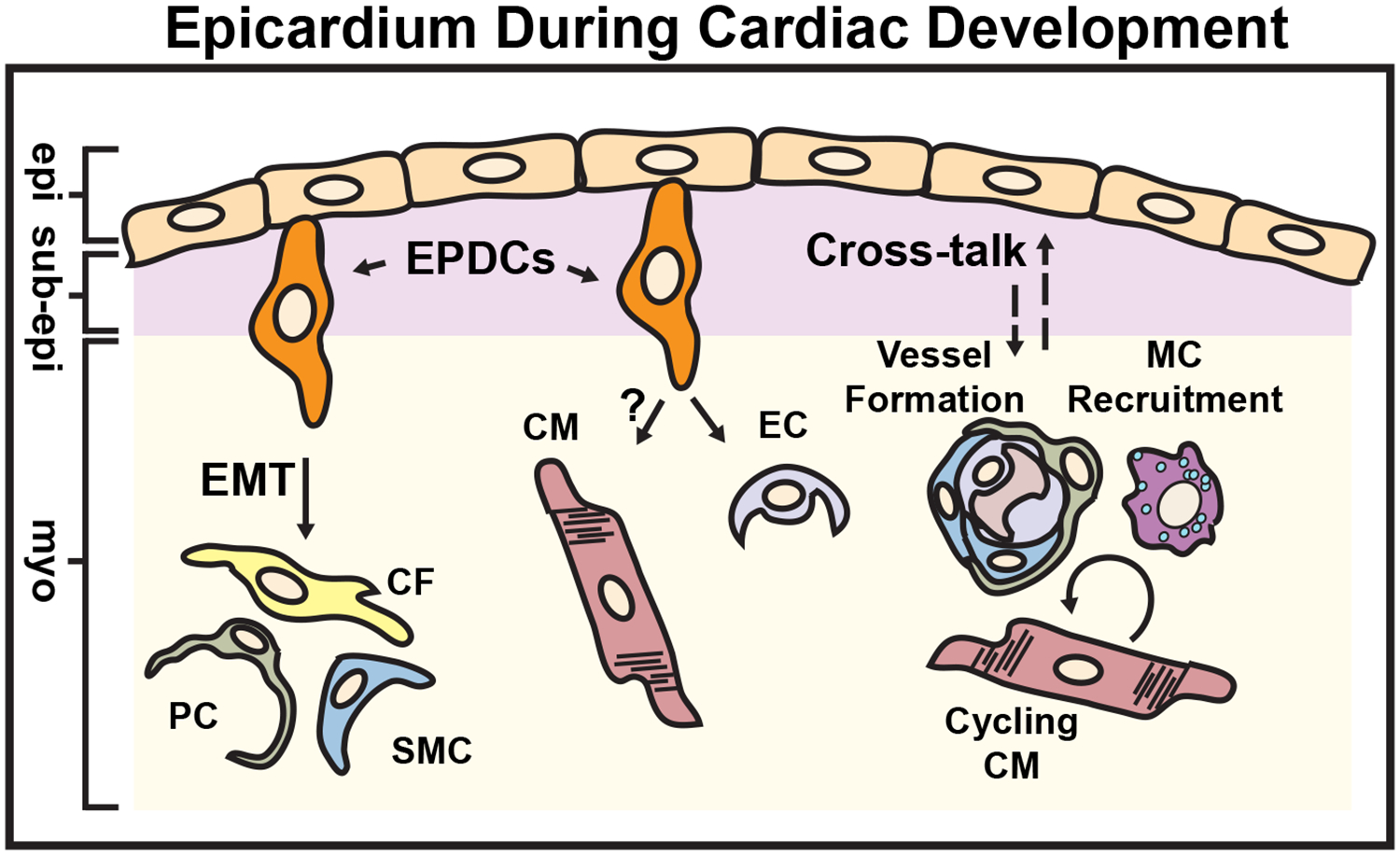Figure 1. Epicardium During Cardiac Development.

Epicardium-derived progenitor cells (EPDCs) emerge from the fetal epicardium through the process of epithelial-to-mesenchymal transition (EMT) and contribute to various cardiac lineages such as cardiac fibroblasts (CFs), smooth muscle cells (SMCs) and pericytes (PCs). The ability of EPDCs to differentiate into endothelial cells (ECs) in vivo is limited, and CMs are not generally thought to derive from EPDCs. In addition to cellular contributions, the epicardium participates in reciprocal paracrine signaling (dashed arrows) to stimulate CM proliferation, macrophage (MC) recruitment and coronary vessel growth and maturation. epi = epicardium, sub-epi = sub-epicardium, myo = myocardium. (Illustration credit: Ben Smith)
